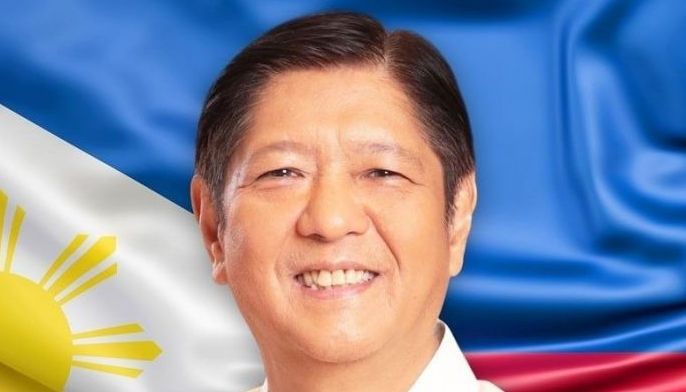MANILA, Philippines — The Philippines “will respond” to Beijing’s release of a new map showing an expanded claim in the South China Sea, President Marcos declared yesterday, but declined to reveal “operational details.”
“Now, once again, we received the news, that now the nine-dash line has been extended to the 10-dash line. …We have to respond to all of these, and we will, but again, these are operational details that I would prefer not to talk about,” Marcos said in an interview in Palawan, where most of the land features being claimed by China are located.
He maintained that the country stands on solid ground as far as its
position on the West Philippine Sea issue is concerned.
“Because we have stayed true to the rules-based international law, especially the UNCLOS, and that I think puts us on very solid ground in terms of our claims for territorial sovereignty, for maritime territory and this has been validated and supported by many, many countries around the world,” Marcos said.
“And we should take strength in that and I believe that that again is a very big help to the Philippines in continuing to defend our maritime borders,” he said.
Beijing’s supposed new standard 2023 map covers what it now calls 10-dash line, which includes waters and features within the Philippine territory.
The Philippines has been demanding that China adhere to international laws, including the 1982 United Nations Convention on the Law of the Sea or UNCLOS and the 2016 arbitral ruling, which invalidated Beijing’s sweeping claims in the South China Sea.
Beijing continues to ignore the arbitral award, which reaffirmed the Philippines’ maritime entitlements.
Asked whether his administration would change its strategy in dealing with China’s encroachment in the West Philippine Sea similar to what his late father and namesake did in 1978 when he established the municipality of Pag-asa island through Presidential Decree 1596, Marcos said: “Well, that occurred in ’70s because we were already looking at our claims, we were already discussing this with the United Nations and this is – we were a part of a group of I think three countries that established the archipelagic principle of baselines and EEZ (exclusive economic zone). Pag-asa island lies 500 kilometers west of Puerto Princesa City.
“And we just remain consistent to that. It hasn’t changed. Perhaps the establishment of the municipality of Pag-asa was to be able to make sure, to establish, to show that this is part of the Philippines,” he said.
“Now, we of course will continue to defend our territorial sovereignty, our territorial rights. We have not changed our approach. It is other countries around us that have changed their approach,” Marcos added.
Meanwhile, Marcos hailed the Armed Forces Western Command for holding the line in the face of Chinese intimidation.
“And that is the very difficult and important job that the Western Command has before you. And I can only say that I think it is significant to note that the efforts that you have been making under your command have been effective,” the President said during his Talk to Troops in Western Command at Lawak Gymnasium in Palawan.
“The Western Command is playing a very important part in keeping the peace. That is the most important part. And equally important is to defend the sovereign territory of the Republic of the Philippines,” he said.
Although Philippine military presence in Palawan is small compared to those of other claimants in terms of the number of men and equipment, the AFP continues to maintain an orderly presence in the area, which is the most important, he pointed out.
“In this way, we will be able to keep the peace and we will be able to defend the Republic,” he said.
The Philippines, through the Department of Foreign Affairs (DFA), has lodged a protest against the 2023 version of China’s Standard Map, issued by the Ministry of Natural Resources of China on Aug. 28.
Beijing’s claim in the South China Sea was originally based on its so-called nine-dash line.
The new map includes Taiwan. India has also protested Beijing’s new map, while Malaysia vowed to file its own protest.


